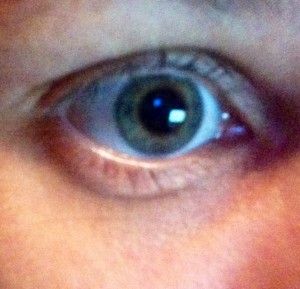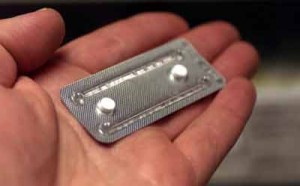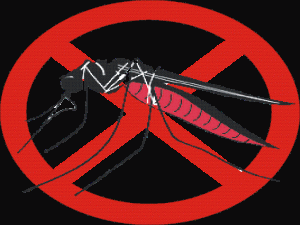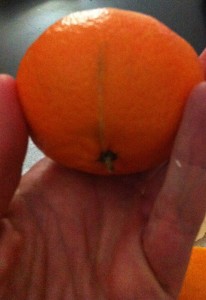There is a new sex fetish that has gained fervor over in Japan that has started to make its way over to the US is known as oculolinctus. It is mostly becoming big in the late adolescent/early teen age group and it is also called “worming” and it is becoming THE way to express themselves sexually. I hear about a lot of different things that people do to express themselves sexually, but this one that really creeps me out.
Basically, it is eye-licking, for sexual gratification. The eyeballs (the corneas, really) are covered with many tiny nerve endings, that can be excited with licking and make the eye feel very sensitive. Apparently it is all the rage and the equivalent to “second-base” so when the tweens (it seems to be big in the 12-13 year old age group) get bored with making-out (or kissing) they move on to eye-licking. Seems like an obvious next move to me….(I’m actually being quite sarcastic, this one blows my mind).
Is it harmful?
In a word: yes. In general, it’s not a good idea to stick things that are not prescribed into your eyes (such as contacts, eye drops, etc.) because you risk doing damage to your eyes. Our tongues have tons of microorganisms that are on them at any given time (because of eating/drinking food, breathing, etc) so sticking your tongue with microorganisms and which can be rough with taste buds, can lead to corneal abrasions or ulcers and eye infections. The microorganisms and bacteria can also lead to styes (infections in the glands of the eye) and untreated infections can cause blindness. You could also transmit herpes and chlamydia from the mouth to the eye which can be very difficult to treat.
Is this really wide-spread?
At one school in Japan, teachers noticed a high number of 12 & 13 year olds coming to school with eye patches, then started asking about the infections, which lead to the discovery of this practice. But it is, at this point, a major public health issue with around 1/3 of all 12 year olds reportedly practicing oculolinctus and there has been a significant increase in eye infections. HCPs have been treating many young lovers eyes to keep their peepers healthy, and while Japan has a high number of tweens engaging in their behavior, it has been found in other countries and the U.S. Virgin Islands has been also found to have a higher percentage of teens/tweens practicing oculolinctus as well.
Parents and Healthcare Providers alike should ask tweens and teens about this behavior, and warn them about the risks. When I was younger feeling boobs was second base, maybe they should stick to that, it is less risky and no one has to have a tongue in the eye! (Every nurse has a thing that sends them over the edge, that is eyeballs for me….) But, talk to your kids, if they are getting eye infections, and you are concerned, talk to their HCP so the discussion can come from them from a purely health perspective, but keep them safe and free of eye injury/infection.
Yours in Good Health
B







